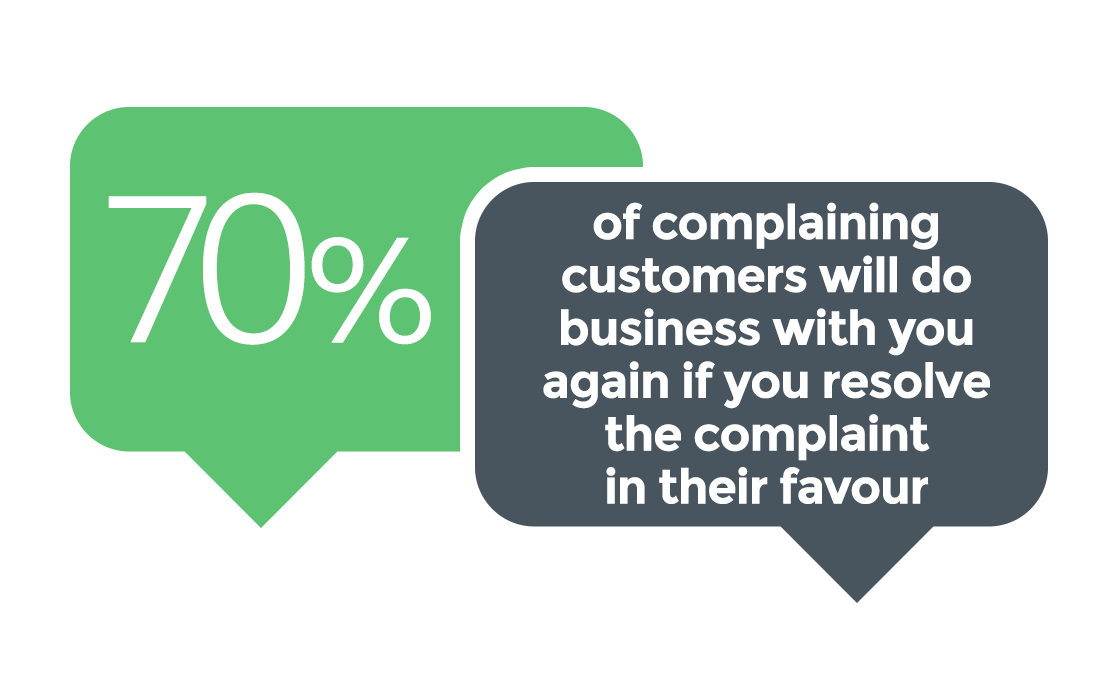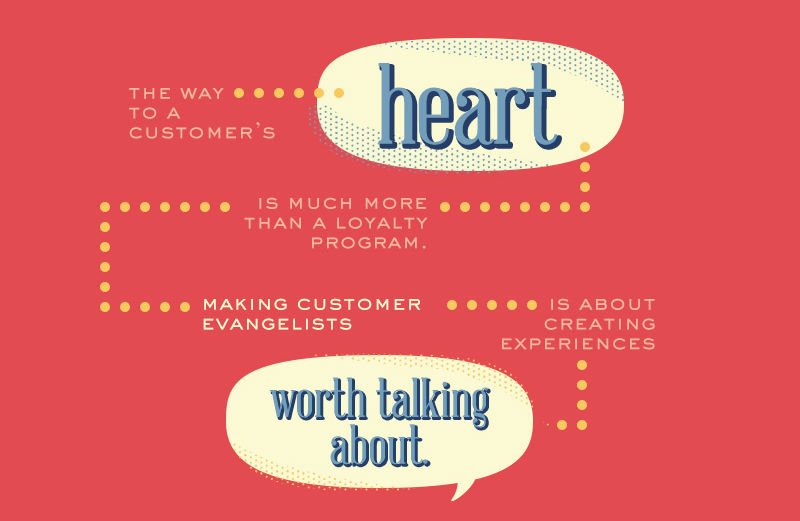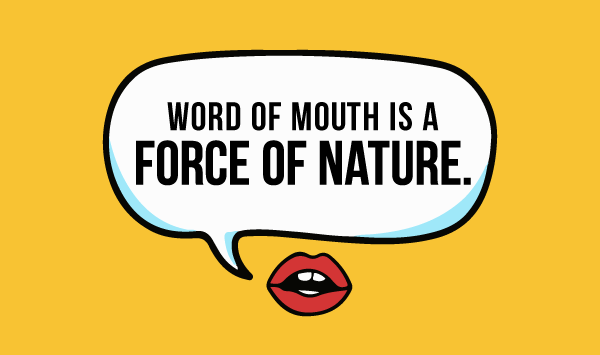Hey guys, and we’re back with the second post in our mobile app marketing series. This time, I’ll be looking at User Retention.
Let’s say you have one of the smoothest apps on the planet. It’s clean, crisp, a pleasure to use for the consumer – the works, in fact. But if your service or business is something that users don’t need to use every single day, then you, my friend, might just face a problem.
Another problem we face is that of the promiscuous user. Fine, your business idea is damn good. But you know what? They say that there were only ever seven original ideas in the world. Everything else is just an extension, or a metamorphosis of those seven ideas. The same goes for your business, and those similar ideas come in the form of competition. The user, who literally just has to download another app in the vast world of apps – literally thousands of them every single day. In short, the consumer is spoilt for choice, and will easily become promiscuous and uninstall your app if you don’t do something do keep ‘em hooked.
If you want the down-low, then here it is:
51% of mobile apps are below the “app poverty line,” generating less than $500 in monthly revenue
19% of mobile apps do not generate any revenue
Only 4% of mobile apps generate $500k + monthly
This is from the Developer Economics: The State of the Developer Nation Q3 2015 which gets feedback from over 13000 developers – pretty legit.
Man, life is tough – but it doesn’t have to be. Let’s look at some User Retention Strategies to make it easier for you.

The Personalization Mantra
Fine, you send out elegantly crafted emails every week to your consumers telling them how special they are. But if they’re just mass hand-outs, then the customer knows it, and won’t be feeling so special anymore. Segmenting your consumers, and figuring out which ones are really loyal is something you need to do before targeting each segment appropriately.
The special ones are those who have remained loyal, installed your app, eagerly wait for updates and give you stellar reviews. Lose them, and you’ve lost the rest. These deserve a special mention, and maybe some perks. In-app messaging, social network outreach and push notifications are your friends here, so use them to deliver that quality content where it matters. Tell them how important they are, and give them that power which enables this sort of thinking –
Hey, these guys really value my involvement with their services – they’re just begging for my attention. And trust me, they’ll gladly keep you.

Really Listening to Feedback
Most consumers just feel lost in a sea of voices when they see feedback and criticism against app features and other such pile up – because who’s going to listen to them? A faceless entity at the other end?
Give the entity a face. Don’t be lazy when it comes to feedback. Listen to the sum total of their concerns, and set about solving them one at a time, giving importance to the problem that received the most criticism.
Entities like yours will have faces when you have a good consumer service strategy. Try providing open, personalized lines of communication on several media, if you can – or at least target the medium they use most. Why? Because most complaints go unheard, sitting in the consumer’s brain since there’s no easy way of voicing them! Go forth and unearth them all so that they feel really heard.

On-Boarding and Taking them back
If your app and a consumer had an abusive relationship, and you just released an update that’s received stellar reviews. Now that consumer feels like coming back! Will you be pricey? Well this isn’t a love-struck breakup, and certainly isn’t something you can afford. So take them back, and with open arms.
How do you do that? For both new users and those who are coming back, having a speedy, easy on-boarding process is nice. Don’t make that too complicated, or cumbersome – you’re just going to drive them away. People are always on edge about their precious seconds nowadays, sadly, so make your process happen in a matter of seconds for them.
Reducing signup steps, not overloading your users with information from the get-go, and having a brilliant UI are all key factors to consider for this.
Here the analytical tools you need are these brilliant things called Touch Heatmaps – these record which areas the users are touching the most on the screen (yeah creepy but needed for you) so that you can design your UI based on that feedback. Another thing that helps is real-time, in-app visual analytics that can gather several trends for you, like – what screens of your app do your users spend the most time on, what screens do they get discouraged at, and when do they finally give up and drop out. You can then optimize your app using this information intelligently.

Incentives, Incentives
Who doesn’t love incentives? Create a loyalty program. Classify your consumers with the help of a point system, making them eligible for rewards. Call them ‘Gold-Class’ or ‘Elite’ consumers, or whatever strikes your fancy (don’t be loony here with the naming, keep it classy or app-relevant, if it’s a gaming app or something).
Involve time sensitive discounts, offers, and dynamic usage-based rewards that keep them coming back for more – depending on what kind of app you have. Freemium apps do great with usage-based rewards, for example, and discounts work well with apps that have other monetization in place – like in-app purchases.

Increase your Brand Presence
All these things we’re discussing are to increase this thing called LTV – Lifetime Value. Increasing your Brand Presence and building a solid, reliable, honest identity is extremely crucial for you if you want people flocking to and retaining your app on their phones.
If you make mistakes or blunders when it comes to releasing features and so on – admit them publicly. Hold great press releases, and match your content online to boot – people should know that you have dedicated time to your app, so that they dedicate their time to you.
Another thing to look out for is great reviews and promoting them. Release infographics when it comes to your app performance standards. Great content management and strategy can solve most of your problems here.
That’s pretty much it for this one. We could go on and on if you wanted detailed instructions on every single pointer, but you’re probably smart enough to figure it out, or else you’d have bought a textbook or something to read the next 100 pages. We try solving your problem in a single post.
Here’s to you keeping your consumers hooked, and staying tuned for our next post!






